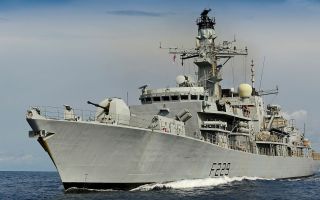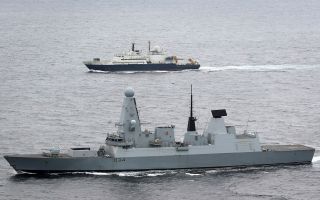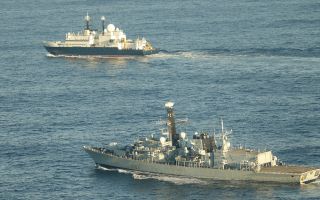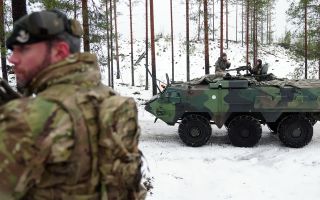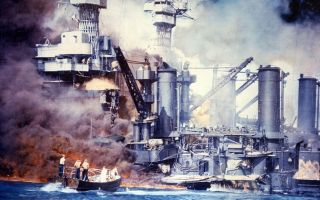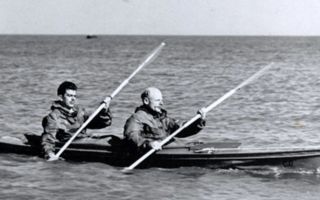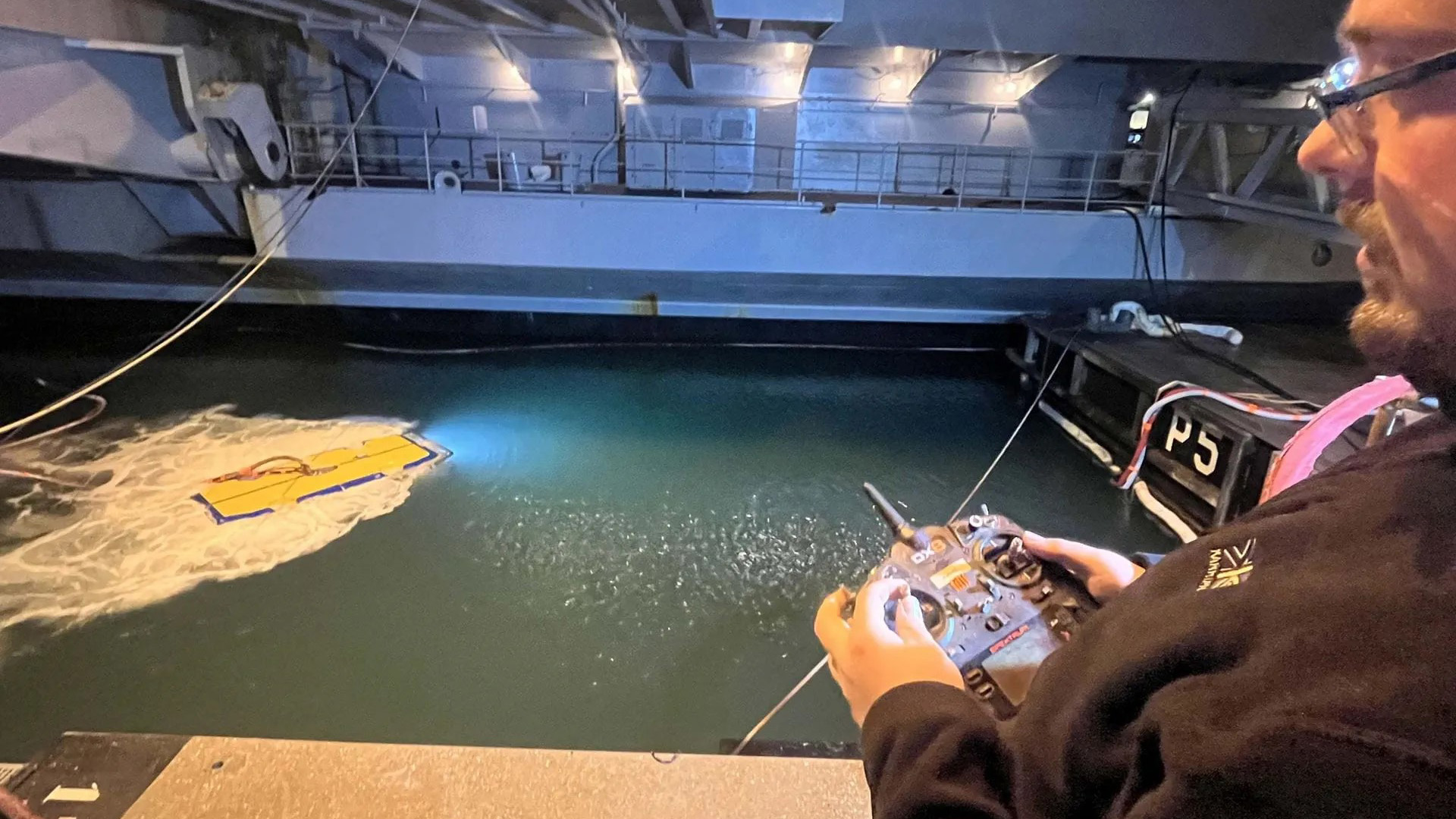
UK-French drone cleans warships quicker – no dry dock, divers or downtime needed

The UK and France have come together to develop a new, quicker and cheaper way of cleaning warships that uses a drone to wash a vessel – avoiding lengthy and costly periods in dry dock.
The hull of the French navy's flagship FS Charles de Gaulle was inspected and cleaned without the need for using expert divers with specialist equipment after harnessing the latest underwater technology.
Royal Navy exchange officer Lieutenant Cam Dalley oversaw the project on the 41,000-tonne carrier.
Lt Dalley's team were asked to look at ways of saving time, money and effort to keep the aircraft carrier's hull clean.
These vessels need to be cleaned because of hull fouling, which is caused by bio growth on underwater surfaces, and reduces a warship's efficiency and speed, while increasing fuel consumption.
Harder, better, faster, stronger
Lt Dalley looked beyond the traditional methods, given that the improvements in remotely operated vehicles (ROVs) utilised in industry and commercial shipping meant that surveys and cleaning could be completed underwater.
"We need to catch up with what industry is pioneering to keep costs down," he said.
"The technology represents a step-change in preventive maintenance: allowing our ships to maintain desired speeds whilst lowering fuel consumption in a more efficient and sustainable manner.
"What's even more impressive is the capacity to automate the procedure using the robot’s memory from previous cleans."
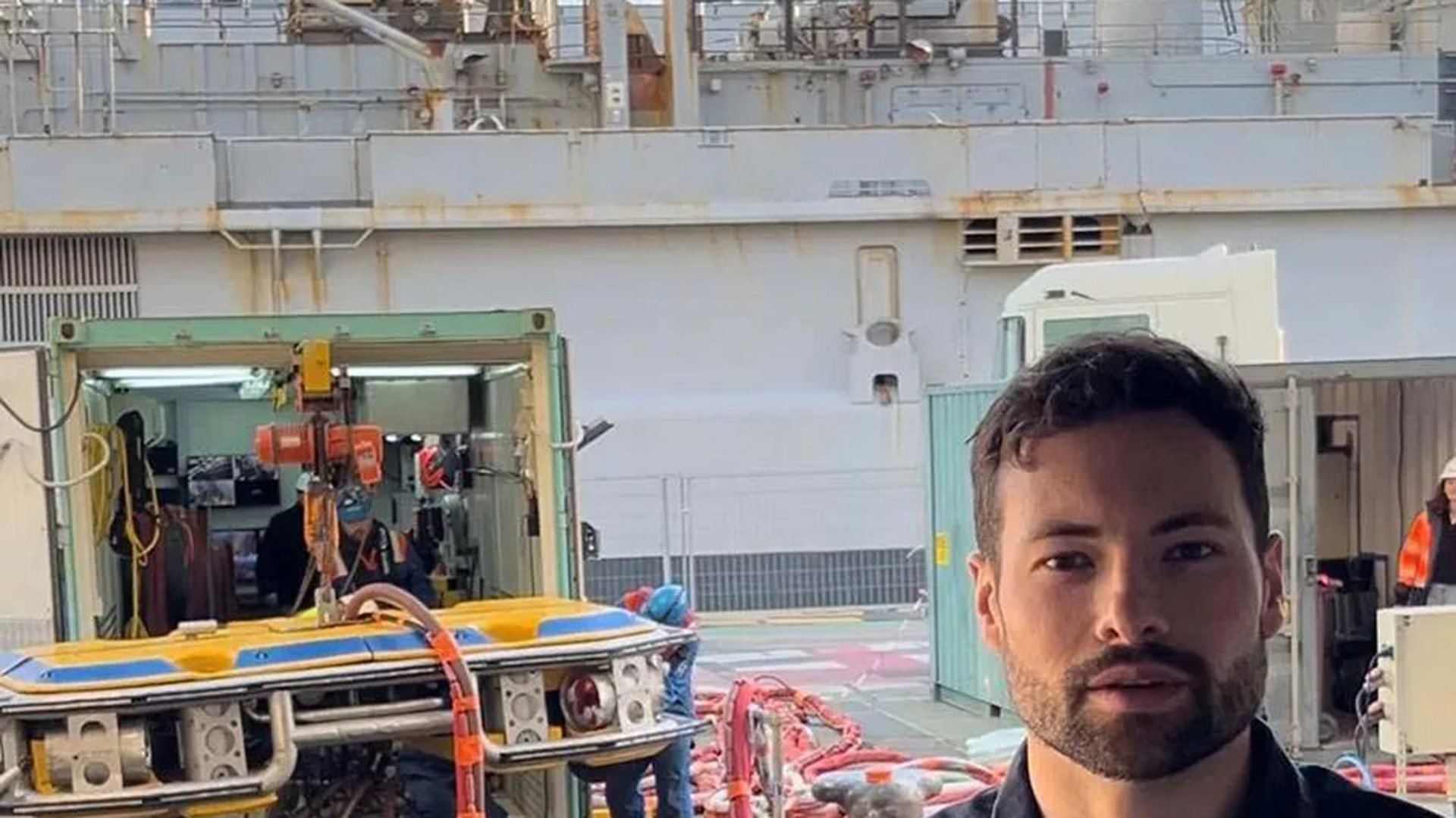
A small and agile submersible conducted a visual inspection of the hull below the waterline as well as the external shaft-line, controlled – after a short period of training – by a 'pilot' on board.
Then, if more cleaning was necessary, a bigger robot was put into the water via remote control and latched onto the hull using sucker pads.
The bio growth was removed from the hull through an umbilical cord into filters, which quarantined it.
The leftover seawater in the system was sent back into the basin, which is cleaner than it was originally. Processing tanks later analysed if there was any contamination such as paint and bio debris before it was discharged to ensure it is environmentally compliant.
The system can be deployed in standard shipping containers, meaning it is suitable for aircraft carriers or auxiliaries.
This new cleaning system is revolutionary since it is said to be safer, cheaper, cleaner, environmentally friendly, compliant with laws and could potentially be used throughout Nato.
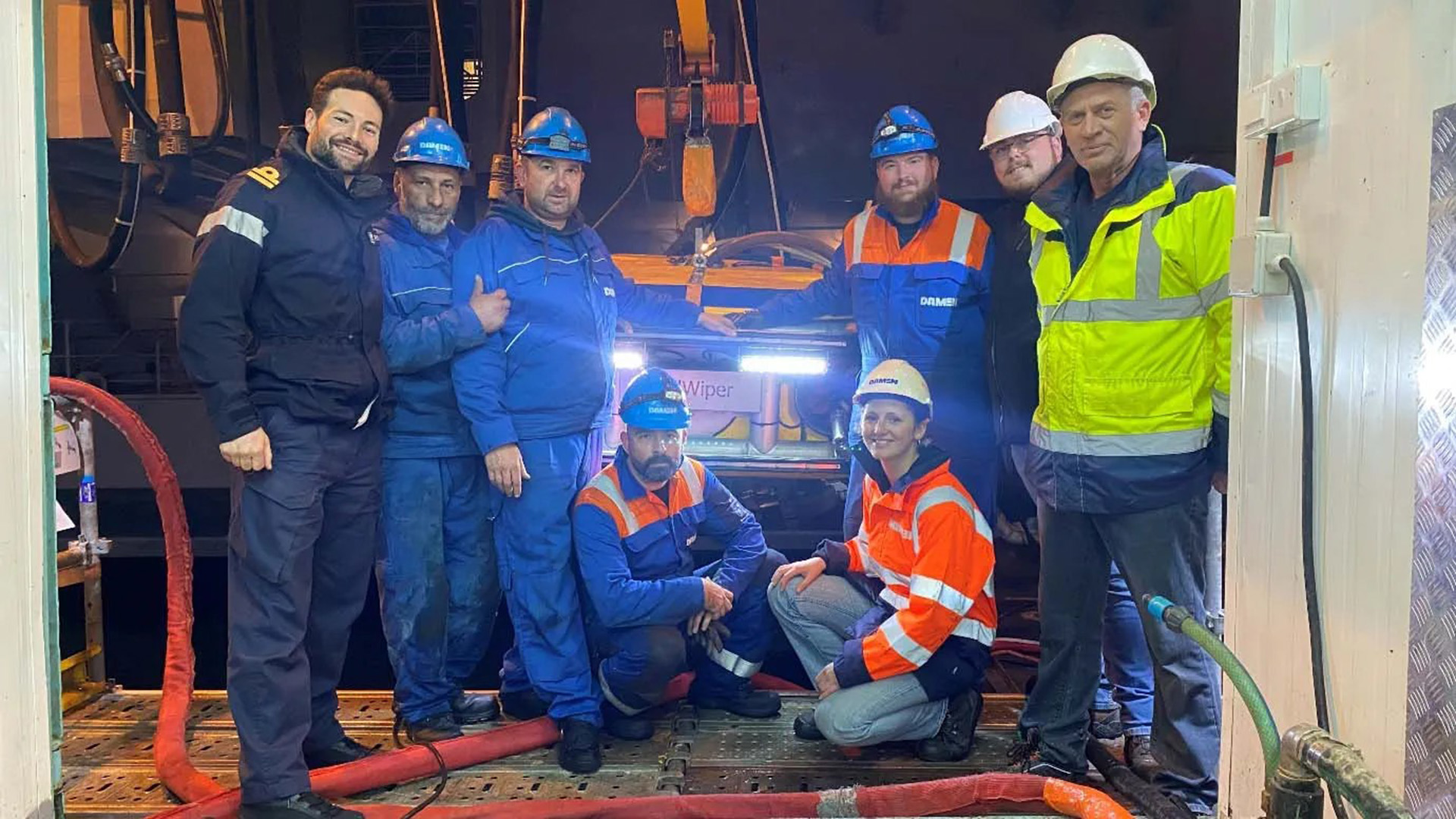
From foe to friend: British-French joint naval projects
The project is one of several joint projects involving the two navies under the Lancaster House agreement between London and Paris.
The Lancaster House treaties, which were signed back in 2010, were focused on improving interoperability, the ability to work together quickly, and the joint creation of capabilities. Through this agreement, there has been maritime cooperation between the two countries.
Both countries helped with each other's deployments to the Gulf and the Indo-Pacific, and the Royal Navy aided the Charles de Gaulle carrier group.
Four years ago, HMS Queen Elizabeth and FS Charles de Gaulle worked together during Exercise Gallic Strike in the Mediterranean, the first instance of this kind.
Prime Minister Sir Keir Starmer and France's President Emmanuel Macron signed off on a newly updated Lancaster House agreement this year, which encompassed nuclear partnership, the Entente Industrielle, and the Combined Joint Force.
The declaration strengthened nuclear cooperation and will mean Britain and France will work closely on nuclear deterrence.
The UK-France nuclear partnership stated that the nuclear deterrents are independent but can be coordinated, and that there is no extreme threat to Europe that would not prompt a response by both nations. Any enemy, therefore, could be faced with two nuclear forces.
London and Paris will also cooperate further on nuclear research.


